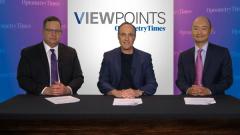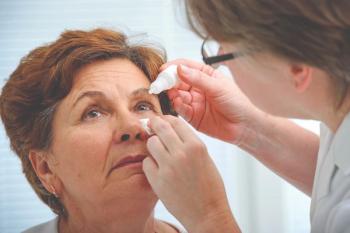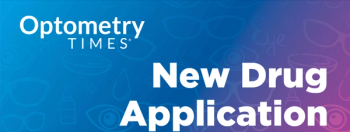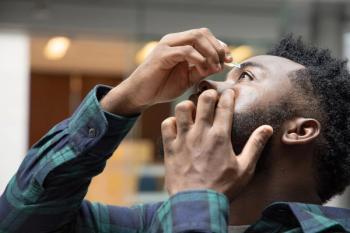
Miotic Treatment Options for Presbyopia
Francis S. Mah, MD, reviews miotic agents that are available or under investigation for the treatment of presbyopia.
Episodes in this series

Barry Eiden, OD, FAAO, FSLS: There are several miotic agents available and approved or under investigation. Dr Mah, what are some of the similarities and differences with these agents?
Francis S. Mah, MD: That’s a great question. There are many innovative ways that companies are trying to address miotics. The first 1 that was FDA approved was pilocarpine 1.25%. There’s another pilocarpine product coming through the FDA restoration process. It will probably be approved within the next year or 2, assuming everything continues to hit their signals. I believe it’s 1% pilocarpine. There are also agents like carbachol and brimonidine or a mix of them. These are all pretty strong miotics. They seem to affect the ciliary body in addition to causing that miosis of the pupil. Another agent, aceclidine, seems to affect only that pupil’s sphincter. It seems not to affect the ciliary body, and it seems to have a pretty powerful effect on the iris sphincter muscle.
Barry Eiden, OD, FAAO, FSLS: A number of these agents seem to use elements that have been around for a long time, and we’re all familiar with them in different concentrations. There have been limitations, especially the ones that have come onto market. In my experience, they haven’t been able to achieve that critical pupil size in most of the patients we’ve seen. Therefore, it’s really limited in its efficacy. As you said, because of the effect on the ciliary body, the potential for other complications is there.
Transcript Edited for Clarity
Newsletter
Want more insights like this? Subscribe to Optometry Times and get clinical pearls and practice tips delivered straight to your inbox.










































